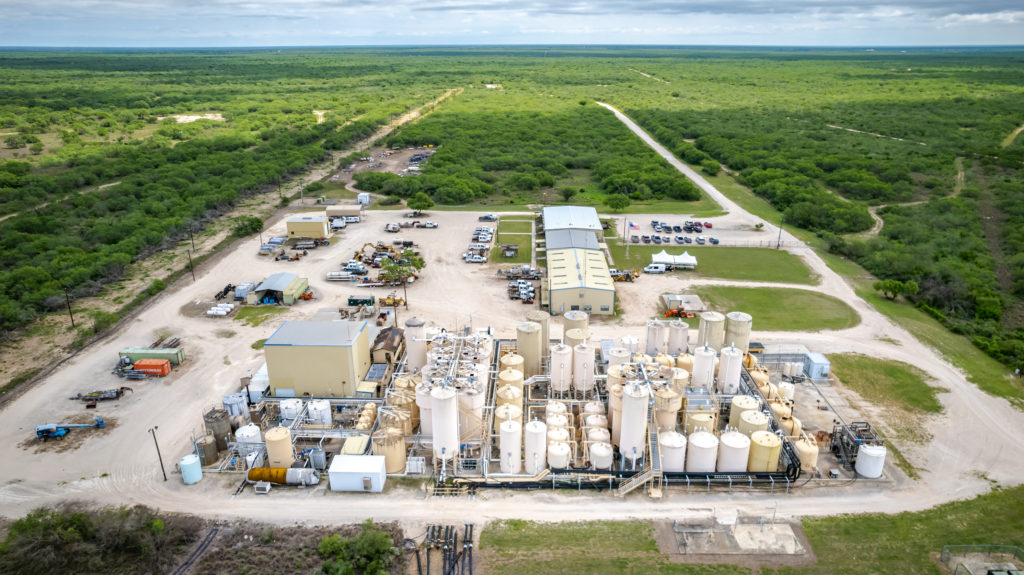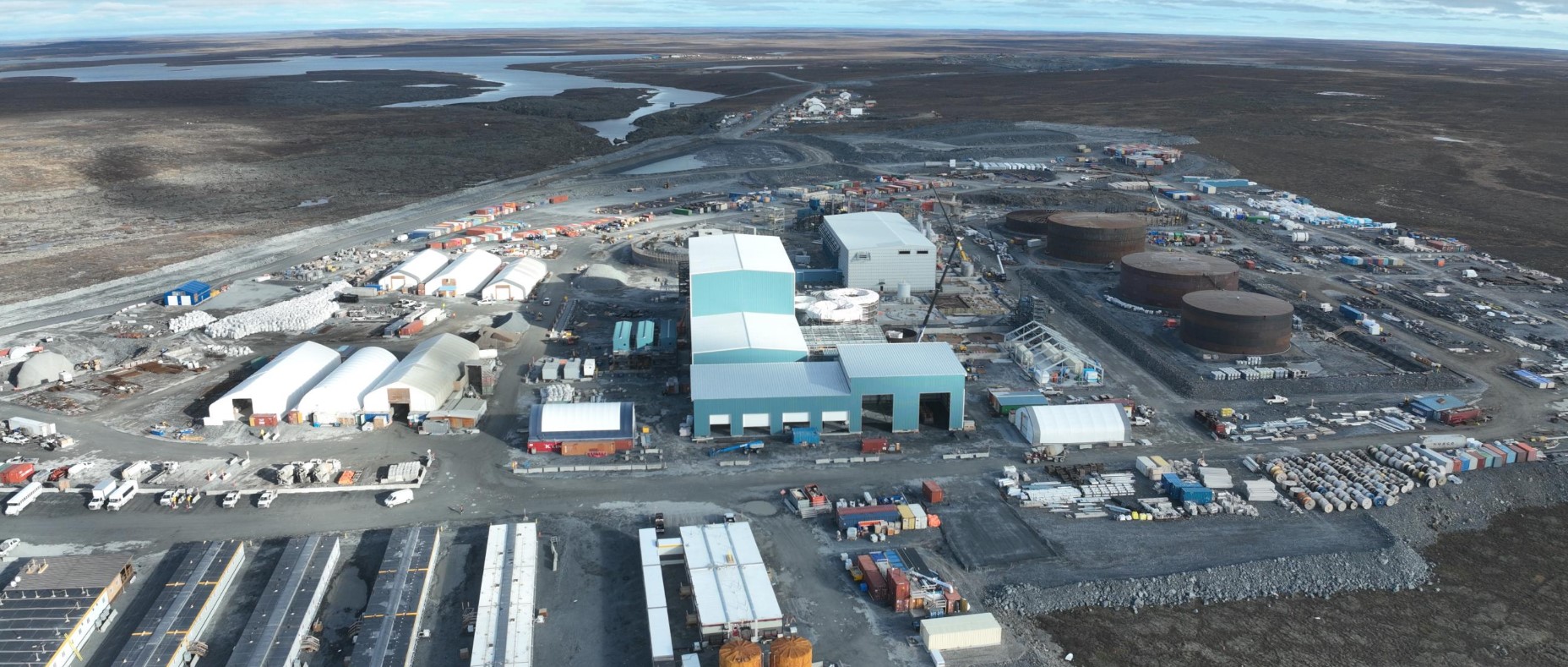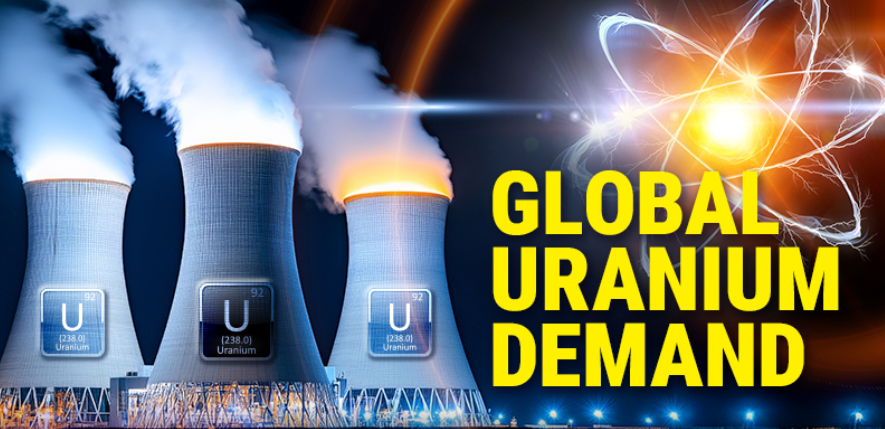Moving two projects towards production at the same time “has been nothing short of a major undertaking and would not have been possible without our very skilled and experienced staff and management,” Sheriff notes.
The company also announced late last year that it was selling to Boss Energy, an Australian ISR uranium producer, a 30% stake in Alta Mesa, which will give the company the funds to accelerate production across its portfolio of assets.
EnCore owns three of the 11 fully licensed ISR plants in the U.S. —Rosita, Alta Mesa, and Kingsville Dome — all of them within a 130 km radius in Texas. Together they have a nameplate processing capacity of 3.6 million lb. uranium per year. In addition, enCore is working towards production on two additional ISR assets in the north: the Gas Hills project in Wyoming and the Dewey-Burdock project in South Dakota. While still at the development stage, the company plans to advance the projects at an accelerated pace this year.
Riding the uranium wave
Looking ahead, enCore’s goal is to produce 3 million lb. U3O8 a year by the end of 2026 and 5 million lb. annually by the close of 2028.
With the Boss deal now closed, the company has gone from having US$60 million in debt and no revenue last year to US$70 million in the bank, revenue from Rosita, and the expectation of more income once Alta Mesa starts commercial production in the coming months.
“Our timing was phenomenal,” says Sheriff. “I think we’re in a cycle you haven’t seen since 1979. It’s like the1950s when people were talking about the future of oil and gas. That’s where we are in the nuclear industry after more than four decades waiting for the nuclear renaissance.”
Nuclear energy is gaining attention as the world’s most cost-effective and reliable non-carbon fuel source and is critical to meet the world’s demand for net-zero electrical energy generation, Sheriff argues. “The growth projections across the spectrum are unlike anything we have seen in decades and speak to a vibrant high-growth sector for years to come.”
The United States is the world’s largest consumer of uranium as fuel in nuclear reactors, which power about 20% of the country’s electrical needs. The U.S. is particularly vulnerable and reliant upon foreign imports, as it produces only a tiny fraction of the 48 million lb. of uranium it needs each year.
In 2021 it produced 9,000 lb. and in 2022 around 200,000 lb., Sheriff says. “This year will be the first in recent history where the 1 million lb. per year mark is within reach,” he says. “It is worth noting that the United States was self-sufficient as late as 1980, having produced 40 million lb. a year before becoming dependent upon foreign sources.”
Currently about half of the uranium it needs is imported through the Russian port of St. Petersburg, Sheriff adds. “This puts Russian President Vladimir Putin in an extraordinary position; we’re reliant on his goodwill for about 50% of our uranium supply.”
The U.S. is starting to realize the problem, he says. “There is one thing Republicans and Democrats agree on and that’s the importance of nuclear energy,” Sheriff says. “They’re working to expand uranium production, conversion and enrichment to support the nuclear energy industry.”
Solid ISR track record
EnCore uses ISR to extract uranium from sandstone-hosted deposits. It is a non-invasive technology that operates through injection and extraction wells, much like oil and gas production, and only uses water and oxygen coupled with an ion-exchange process to extract the uranium. The uranium coated resin is then trucked to a central processing plant. ISR has a smaller environmental footprint, is less costly to build and operate, and easier to permit than conventional uranium mines because there are no open pits, tailings or underground operations.
The company has a deep talent pool. Chief Technical Officer Dennis Stover, who has a PhD in chemical engineering, was one of the originators of the extraction technology and holds six patents on the ISR process, while CEO Paul Goranson has led teams that have built nine ISR plants in the U.S., including enCore’s Alta Mesa in 2005, Rosita in 1990, and Kingsville Dome in 1987.
During Goranson’s 30 years in the ISR business, he has held roles at Energy Fuels (TSX: EFR; NYSE: UUUU), where he was chief operating officer, and oversaw Cameco’s (TSX: CCO; NYSE: CCJ) ISR operations as president of its wholly owned subsidiary, Cameco Resources. “He built Alta Mesa from scratch in less than a year,” says Sheriff. “His track record is impeccable.”
That knowledge, coupled with enCore’s knack for calling the bottom of uranium cycles, gives it a unique advantage, says Sheriff, who previously co-founded Energy Metals at the bottom of the last cycle in 2004 and sold the company for US$1.8 billion to Uranium One before the market crashed.
“EnCore managed to accumulate a lot of really good assets when no one wanted uranium,” he says.
After calling the bottom of the cycle in 2019, enCore picked up the fully licensed past-producing Rosita CPP and its twin plant, Kingsville Dome, from Westwater Resources for a fraction of their value.
“The sellers gave us US$3 million to take the plants and the uranium off their hands,” says Sheriff. “There was a catch, we had to sign up for a US$9 million reclamation bond, a project now reclaimed, but we netted a cost of US$6 million to buy two fully licensed plants.”
EnCore then spent about US$1.5 million, and 20 months, refurbishing Rosita to put the plant back into production at a capacity of 800,000 lb. U3O8 per year.
Rosita produced nearly 2.7 million lb. U3O8 between 1990 and 1997, but the plant was closed due to low uranium prices. Production resumed in June 2008, but technical difficulties and a sharp decline in prices shut it down again four months later.
The company’s Alta Mesa project, which it purchased from Energy Fuels for US$120 million in February 2023, produced nearly 5 million lb. U3O8 between 2005 and 2013, when it was shut down because of low uranium prices. Alta Mesa has annual production capacity of 1.5 million lb. U3O8.
In addition to its CPP, Alta Mesa has significant resources and one of the largest uranium mineral properties in the U.S. with about 810 sq. km. And enCore estimates less than 15-20% of Alta Mesa has been explored.
The Rosita plant, situated on an 810,000-sq-metre parcel of land, has a production capacity of 800,000 lb. U3O8 a year.
EnCore Energy has a market cap of about $1.1 billion. At press time it traded at $6.47 per share within a 52-week range of $2.42 and $6.65.
The preceding Joint Venture Article is PROMOTED CONTENT sponsored by enCore Energy Corp. and produced in co-operation with The Northern Miner. Visit: www.encoreuranium.com for more information.




